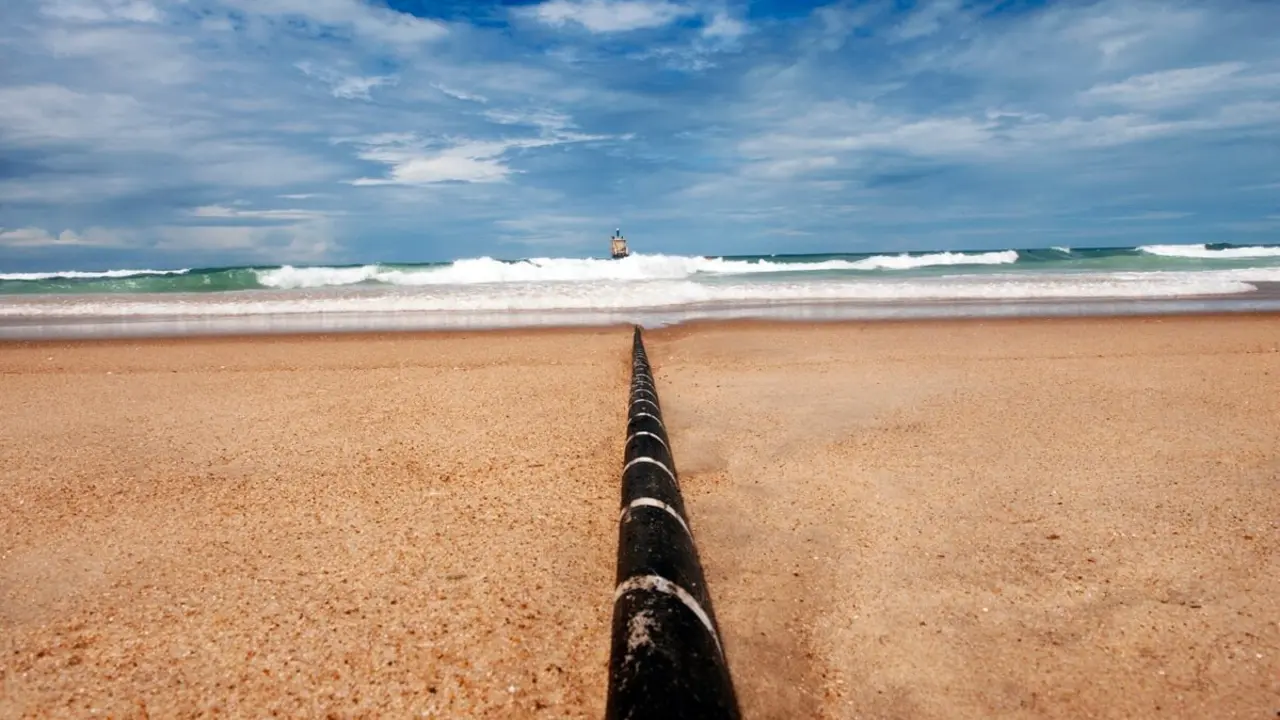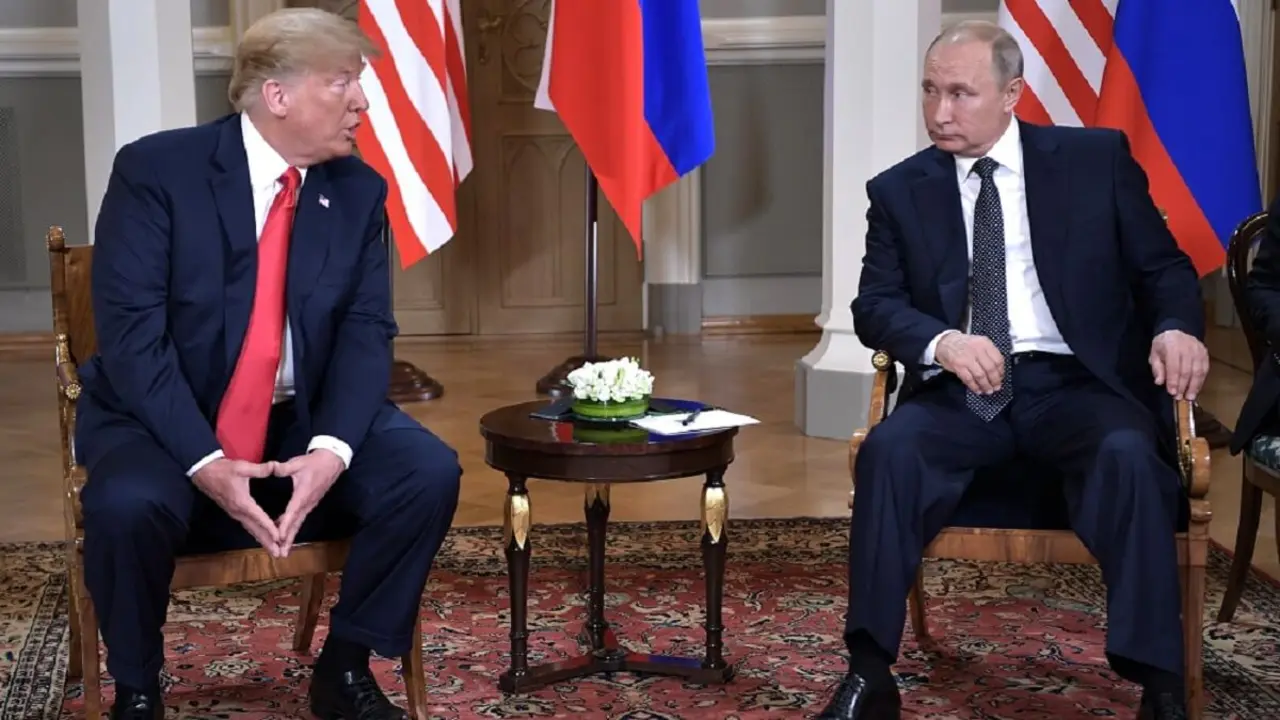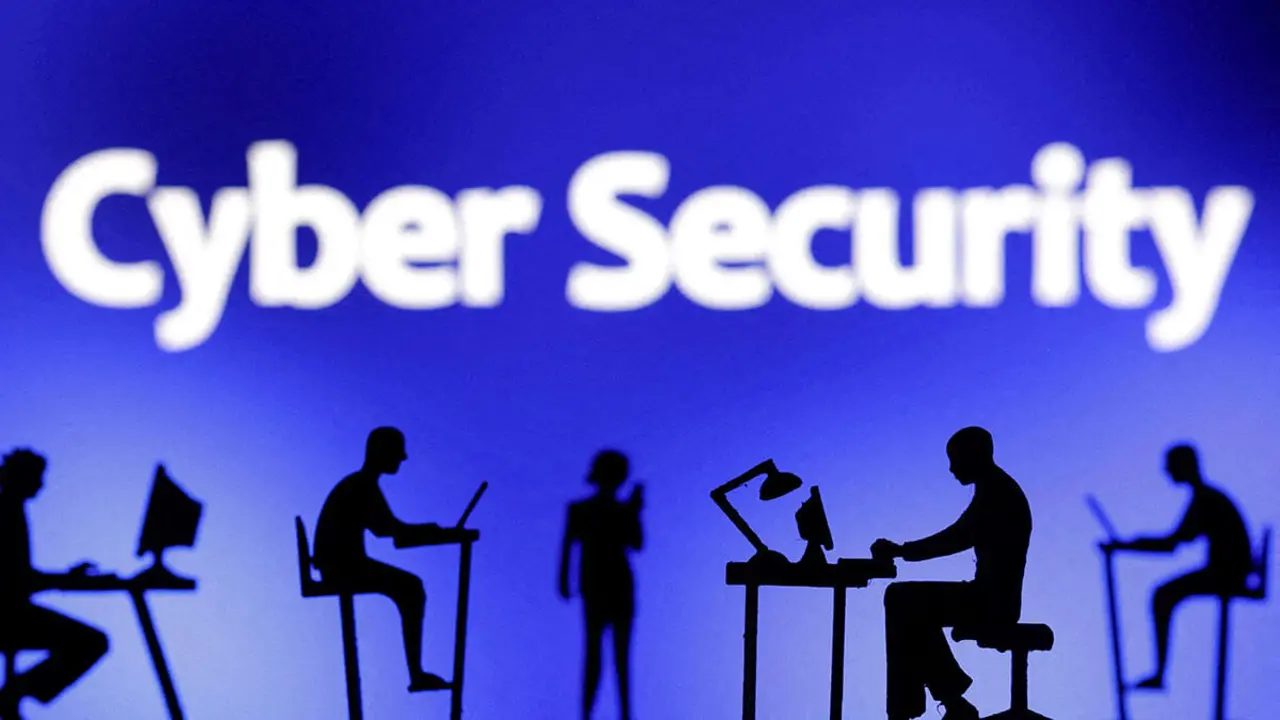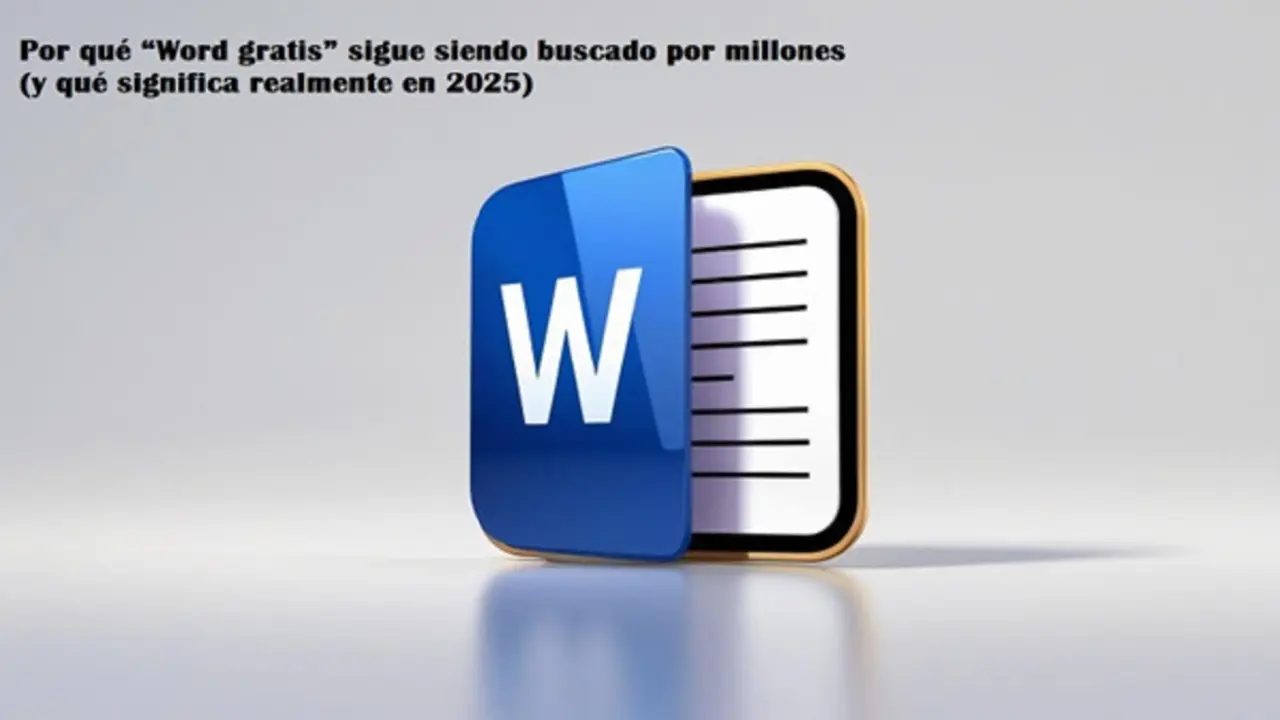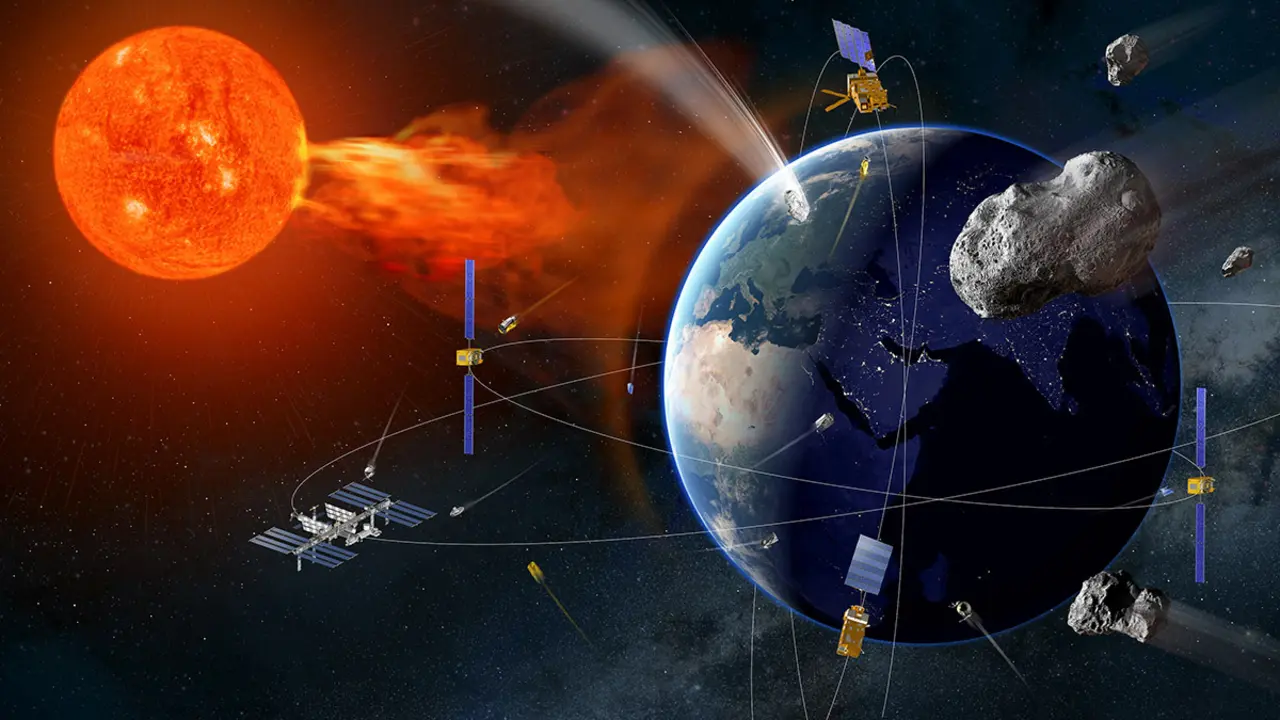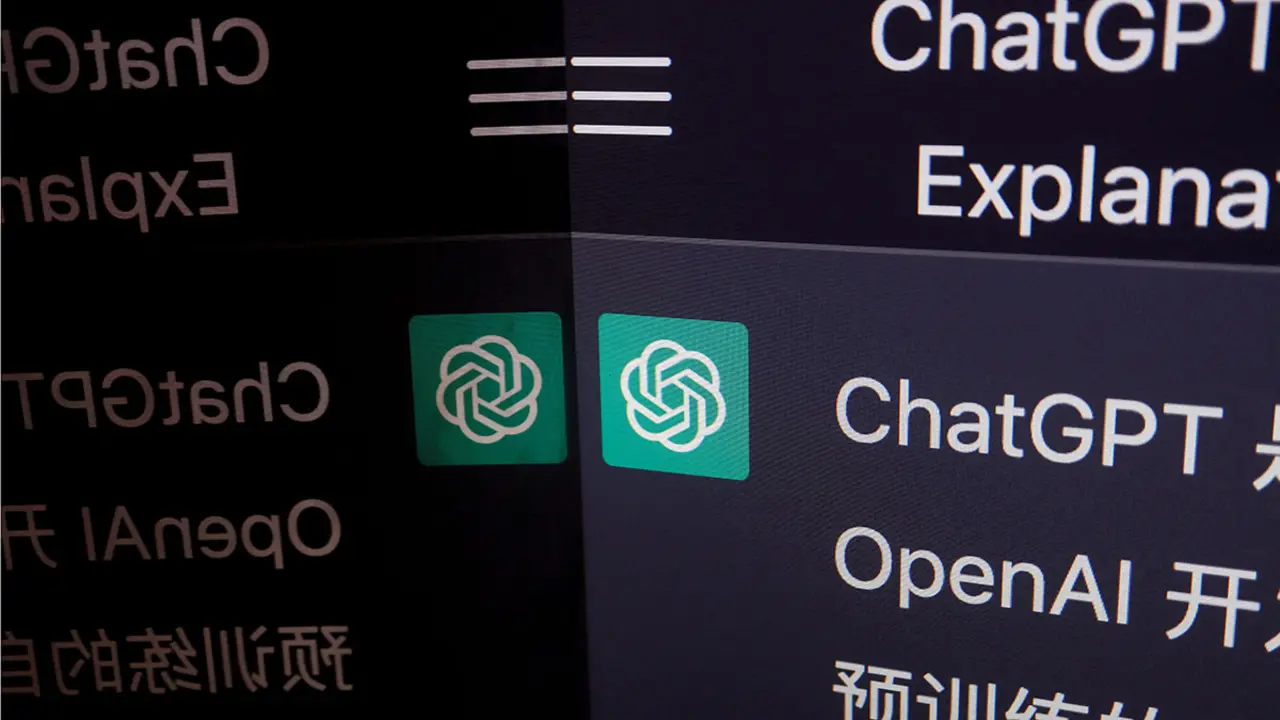Saab and Patria, the industrial pillars on which Sweden and Finland's defence rests

The Kingdom of Sweden and the Republic of Finland are on the verge of formalising their accession to the Washington Treaty and of being welcomed with open arms by the 30 countries that already make up NATO.
Decades of neutrality have led the governments in Stockholm and Helsinki to seek their own strategic autonomy and to equip themselves with military capabilities that are essentially defensive in nature. Consequently, each of the two countries has built an Armed Forces commensurate with the risks of the moment, but supported as far as possible by a national industrial and technological base.

And to fulfil this mission are Saab and Patria, which are the two main business groups in the sector in both countries. Both corporations are unique in that they provide global services and cover practically all spheres of the military industry in its land, aeronautical, naval and electronic aspects, although the potential of Sweden's Saab is far greater than that of Finland's Patria.
The undisputed leader of Sweden's military industrial fabric is the aerospace and defence company Saab, whose CEO since October 2019 has been Micael Johansson. A 62-year-old mathematician, in 2021 he achieved a turnover of €3,657 million (62% from exports), which represents a growth of 11% compared to the previous year.
Saab is an acronym for Svenska Aeroplan AktieBolag and was founded in 1937 in Linköping, some 200 kilometres southwest of Stockholm. Capable of designing, developing, manufacturing and maintaining a wide range of products and services, its focus is on five technology areas: aircraft and combat aircraft, weapons systems, command and control equipment, naval platforms and sensors. Its workforce at the beginning of 2022 amounts to 18,153 employees (15,000 in Sweden) with the rest mainly in the United States, Australia, South Africa, Germany and the United Kingdom.

The Swedish government and its Ministry of Defence are Saab's main customers. Its armed forces are replete with Saab platforms, weapon systems and equipment: the JAS-39 Gripen fighter aircraft, the Erieye or GlogalEye radar airborne early warning and control system, Carl-Gustaf and AT4 grenade launchers, the RBS missile family, the Giraffe radar system, Visby corvettes and Gotland class submarines, to name but a few. Sweden's air defence as a whole, as well as its civil air traffic control, is also Saab's work.
With long experience in the fields of simulation and masking through its veteran Barracuda© family, three technological fields are strategic and critical for Saab: submarines, combat aircraft and command, control and electronic warfare systems, which are designed and built by Swedish companies. In the midst of international expansion, Saab has four strategic markets: the United States, the United Kingdom, Australia and, as of January 2022, Germany.

The United States because the Giraffe family of radars is on board six classes of US Navy warships. In addition, together with Boeing, Saab has developed the T-7A Red Hawk trainer aircraft, selected by the US Air Force to replace the Northrop T-38 Talon, a $9.2 billion contract involving the production of 351 aircraft.
The bilateral T-7A programme has led Saab to set up a factory in West Lafayette (Indiana), where it manufactures the rear fuselage of the aircraft, which it delivers to Boeing's assembly line at its St. Louis (Missouri) plant, the first production model of which was unveiled to the public on 28 April. Its commitment to Germany is recent. In July 2021, Saab won a contract worth 464 million euros to modernise the four 1990s Brandenburg F123 frigates, in which it will install its Giraffe 4A and 1X radars and its Ceros 200 combat system.
Finland's industrial capabilities are much smaller than those of Sweden. Most of the Finnish fabric is made up of small and medium-sized privately owned companies, and the Helsinki governments have opted to procure their main platforms and weapons systems from abroad. As a result, the Nordic country's defence companies are focused on a small number of areas. One of these is Sako, which specialises in the development and manufacture of precision rifles for civilian and military use.

The most important company is Patria - a Latin word of deep significance to Finns - which was founded in 1921 and is geared towards sustaining the Finnish armed forces' main platforms and weapons systems and adapting them to national requirements, thus ensuring their use in any situation. The Norwegian state-owned Kongsberg Group acquired 49.9% & of Patria's capital from the Helsinki government in March 2016, which retains the remaining shareholding and control of the company.
It employs 2,800 people and had a turnover of 547 million euros in 2021, with exports accounting for between 40 & 60 of turnover each year. It has expanded its international presence in recent years and now has facilities in Sweden, Estonia and Belgium. The Patria Belgium Engine Center in Liège maintains the Pratt & Whitney F100 engines of the Belgian air force's F-16 fighters, and at the Florennes air base it works with the Belgian company SABCA on the repair of these fighters.

Since July 2019, Patria's CEO has been 59-year-old economist Esa Rautalinko, who at the beginning of 2022 reorganised the company into two major business units: Finland, dedicated to the domestic market, and Global, dedicated to the international market. The Group operates in seven areas, the best known of which is the production of 8x8 and 6x6 wheeled combat vehicles, in service with the Finnish Army and those of Croatia, the United Arab Emirates, Slovakia, Slovenia, Latvia, North Macedonia, Poland, Sweden and South Africa.
But its main activities are linked to providing life-cycle technical support for Finnish aircraft and helicopters (F-18, Hawk Mk66, NH90), their weapons systems, ground, naval and airborne electronic reconnaissance, surveillance, command and control equipment. It is also active in the production of aerostructures for third party customers. Patria owns 61.8% of Millog, a company with 1,200 employees which, through its subsidiary Senop Optronics, develops optronics products such as night vision thermal imagers and target acquisition equipment.
Patria's largest ongoing project is the life-cycle upgrade of the Finnish Navy's four Hamina missile patrol boats. Another such major initiative is its agreement with the Latvian government to jointly develop an armoured vehicle programme based on the Patria 6x6, involving the production of more than 200 vehicles by 2029.

A seventh field of activity linked to Patria is ammunition, rocket engines and demilitarisation services for military and civilian customers, an activity it carries out through Nammo, a company that is 50/50 owned by the Norwegian company Kongsberg. The company has 30 factories in 12 countries, one of them in Spain, in Palencia, a plant it acquired at the end of 2012 from the US company General Dynamics, which had bought it in 2001 from the national state-owned company Santa Barbará.


